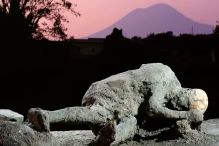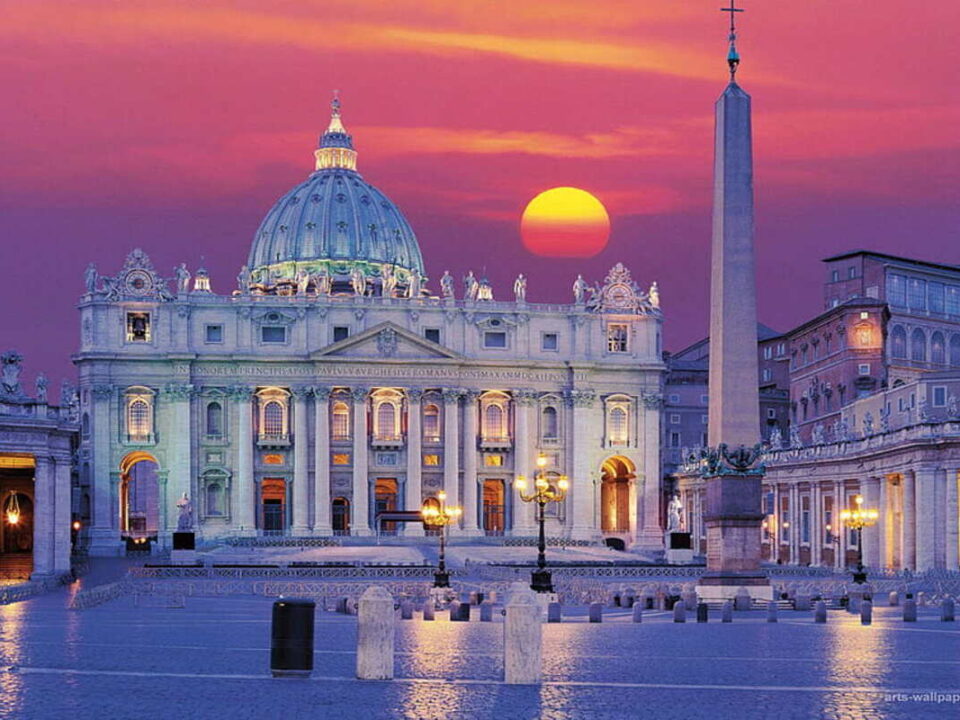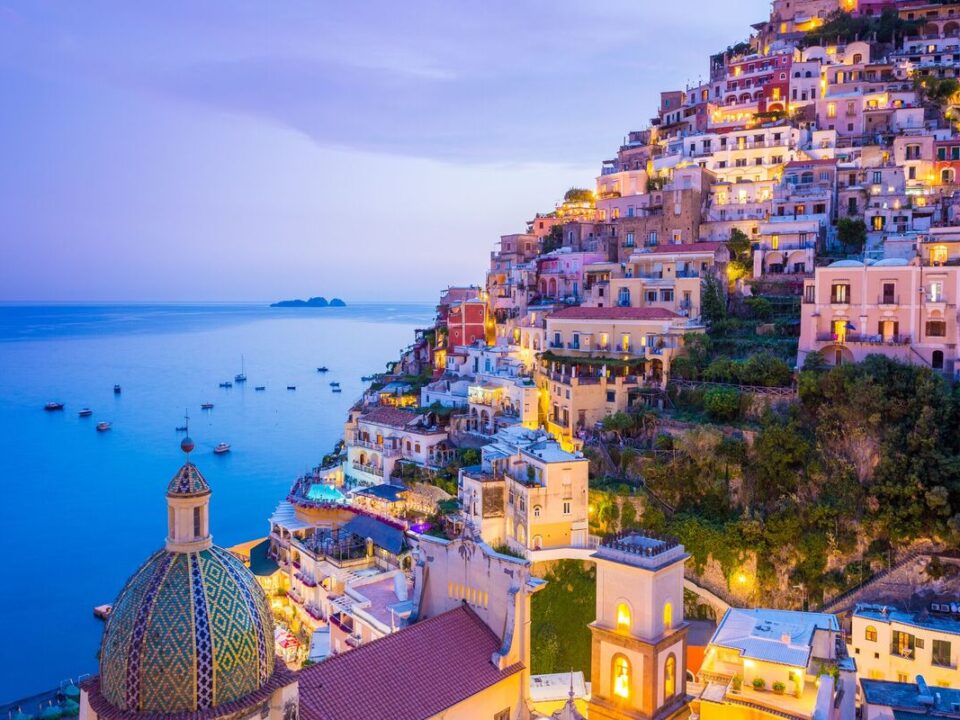Pompeii, Italy: A Comprehensive Tourist Guide
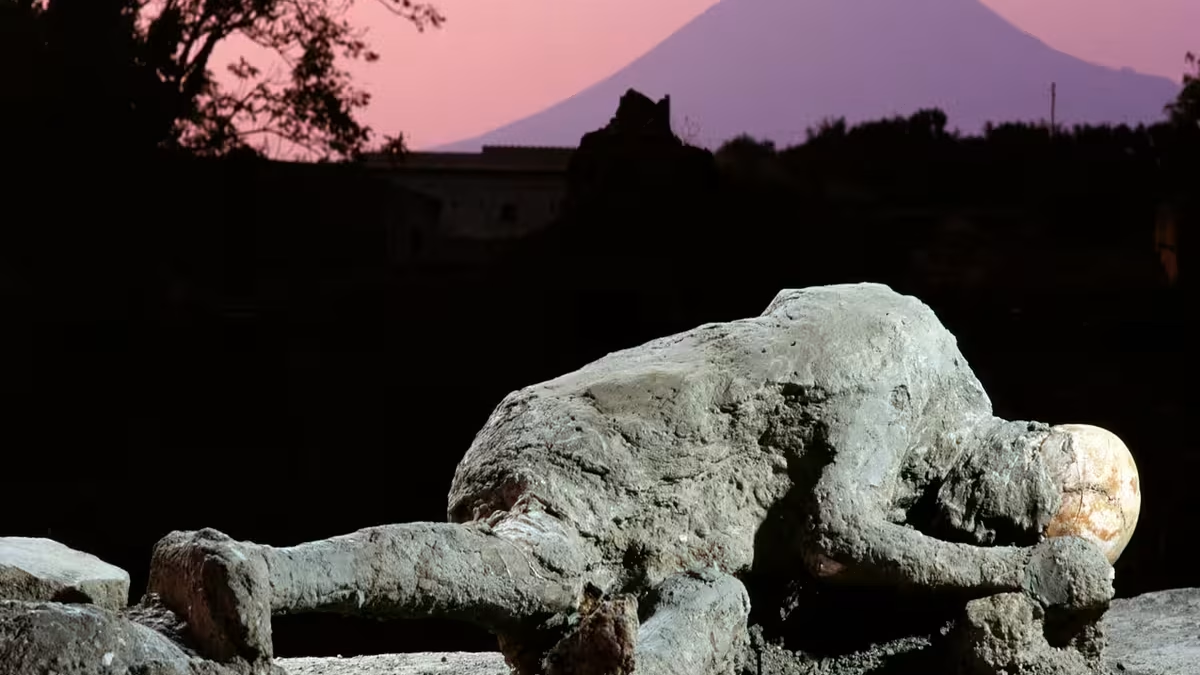
Pompeii, Italy: A Comprehensive Tourist Guide
Pompeii, an ancient Roman city frozen in time, is one of the most fascinating archaeological sites in the world. Buried under volcanic ash from Mount Vesuvius’ eruption in 79 AD, Pompeii offers a unique glimpse into the daily life of a Roman city nearly two millennia ago. This comprehensive guide aims to provide all the essential information needed for a memorable trip, ensuring a rich and immersive experience at this UNESCO World Heritage Site.

Historical Background
Early History
Pompeii was founded around the 7th or 6th century BC by the Osci people. The city later came under Greek and Etruscan influence before becoming a Roman colony in 80 BC. Over the centuries, Pompeii grew into a thriving commercial hub, known for its luxurious villas, bustling marketplaces, and vibrant culture.
The Eruption of Mount Vesuvius
On August 24, 79 AD, Mount Vesuvius erupted catastrophically, spewing tons of volcanic ash and pumice into the air. The eruption lasted for two days, burying Pompeii under meters of ash and preserving it in remarkable detail. The city lay hidden until its rediscovery in 1748, when systematic excavations began, revealing the well-preserved remains of buildings, artifacts, and even the bodies of its inhabitants.
Archaeological Significance
Pompeii provides an unparalleled window into Roman life, with its buildings, frescoes, mosaics, and everyday objects remarkably intact. The site offers invaluable insights into Roman urban planning, architecture, and daily activities, making it a crucial resource for historians and archaeologists.
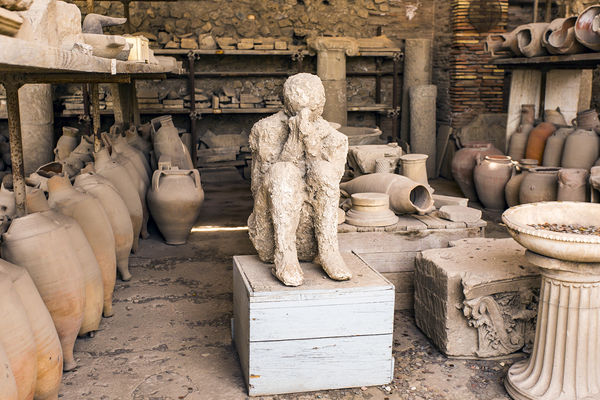
Key Attractions
The Forum
The Forum was the heart of Pompeii’s public life, serving as a central gathering place for commerce, politics, and social activities. Surrounded by important buildings such as the Basilica, the Temple of Jupiter, and the Macellum (market), the Forum provides a vivid snapshot of Roman civic life. Visitors can explore the remains of these structures and imagine the bustling activity that once took place here.
The Amphitheater
Built around 70 BC, Pompeii’s amphitheater is one of the oldest and most well-preserved Roman amphitheaters in existence. It could hold up to 20,000 spectators and was used for gladiatorial games and other public spectacles. The amphitheater’s impressive architecture and design make it a highlight of any visit to Pompeii.
The House of the Faun
One of the largest and most luxurious residences in Pompeii, the House of the Faun is named after the bronze statue of a dancing faun found in its impluvium (central atrium pool). This grand villa occupies an entire city block and features stunning mosaics, including the famous “Alexander Mosaic,” which depicts Alexander the Great’s victory over Darius III.
The Villa of the Mysteries
Located on the outskirts of Pompeii, the Villa of the Mysteries is renowned for its well-preserved frescoes, which depict the initiation rites of the cult of Dionysus (the god of wine). These vivid and detailed paintings provide a fascinating glimpse into the religious practices and artistic achievements of the ancient Romans.
The Baths
Pompeii was home to several public bathhouses, including the Stabian Baths, the Forum Baths, and the Central Baths. These facilities were not only places for bathing but also socializing and conducting business. Visitors can explore the various rooms, such as the frigidarium (cold room), tepidarium (warm room), and caldarium (hot room), and admire the intricate mosaics and frescoes that adorn these spaces.
The Lupanar
The Lupanar is Pompeii’s most famous brothel, offering a candid look into the city’s more intimate aspects of life. The building features small, dimly lit rooms with stone beds and erotic frescoes above the doorways, serving as advertisements for the services offered. The Lupanar provides a fascinating, albeit explicit, insight into the private lives of Pompeii’s inhabitants.
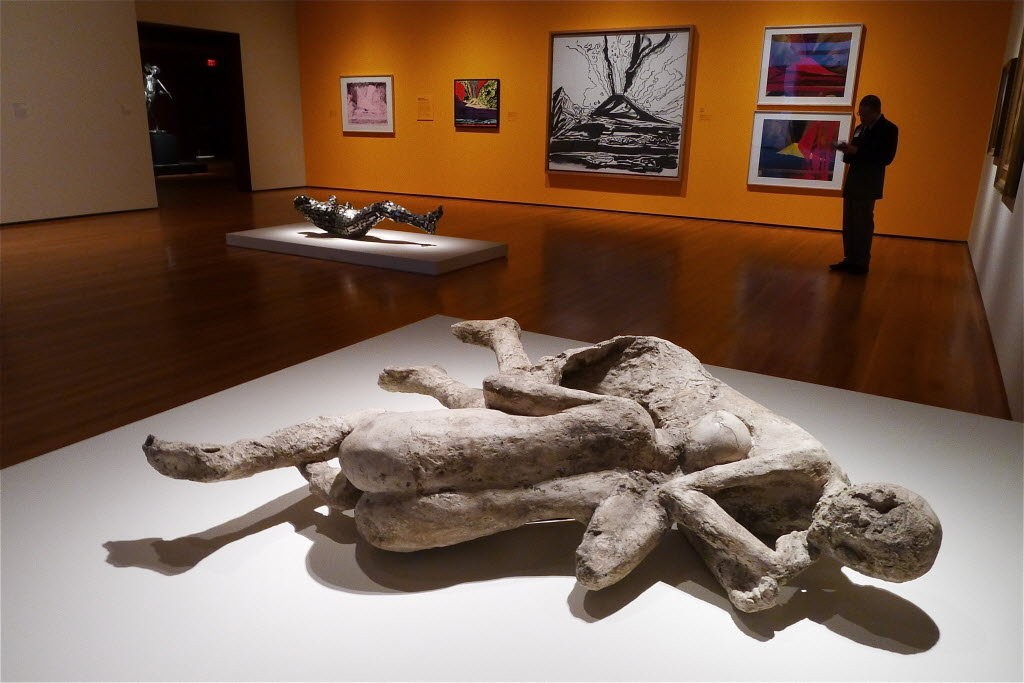
Activities and Experiences
Guided Tours
To fully appreciate the historical and cultural significance of Pompeii, consider joining a guided tour. Knowledgeable guides provide detailed explanations of the site’s history, architecture, and daily life in ancient Rome. Tours can be booked in advance and are available in various languages.
Audio Guides
For those who prefer to explore at their own pace, audio guides are available for rent at the entrance. These guides offer informative commentary on key attractions and provide a flexible way to navigate the site.
Pompeii for Kids
Pompeii is a family-friendly destination, and there are several activities and resources designed to engage younger visitors. Interactive maps, educational games, and specially designed tours can help children learn about the ancient city in an enjoyable and accessible way.
Pompeii and Herculaneum
Consider combining your visit to Pompeii with a trip to the nearby archaeological site of Herculaneum. Also buried by the eruption of Mount Vesuvius, Herculaneum offers a different perspective on Roman life, with even better-preserved buildings and artifacts due to the deeper burial by volcanic material.
Photography
Pompeii’s ruins offer endless photographic opportunities, from the grand architecture of the Forum to the intricate details of frescoes and mosaics. Early morning or late afternoon visits provide the best lighting conditions for photography and fewer crowds.
Practical Information
Getting There
Pompeii is easily accessible from Naples and other nearby cities. The Circumvesuviana train line runs from Naples to Sorrento, with a stop at Pompei Scavi – Villa dei Misteri, located near the entrance to the archaeological site. Alternatively, buses and guided tours are available from Naples and other major cities.
Opening Hours
Pompeii is open year-round, with varying hours depending on the season. Generally, the site opens at 9:00 AM and closes between 5:00 PM and 7:30 PM. It is advisable to check the official website for the most current information on opening times and any special events or closures.
Admission Fees
An admission fee is required to enter the archaeological site. Reduced rates are available for EU citizens aged 18-25, and children under 18 can enter for free. Combination tickets that include access to Herculaneum and other nearby sites are also available. Tickets can be purchased online or at the entrance.
Accessibility
While much of Pompeii’s terrain can be challenging due to uneven surfaces and cobblestone streets, efforts have been made to improve accessibility. Several main paths are wheelchair accessible, and an accessible route map is available at the entrance. It is recommended to contact the visitor center for specific accessibility information and assistance.
Tips for Visiting
Best Time to Visit
The best time to visit Pompeii is during the spring (April to June) and autumn (September to October) when the weather is mild, and the crowds are smaller. Summer can be very hot and crowded, while winter offers fewer crowds but shorter daylight hours.
What to Bring
- Comfortable Shoes: Be prepared for a lot of walking on uneven surfaces.
- Sunscreen and Hat: Protection from the sun is essential, especially during the summer months.
- Water Bottle: Staying hydrated is important, as there are limited facilities within the site.
- Guidebook or Map: A good guidebook or map can help you navigate the site and learn about its history.
- Camera: To capture the stunning ruins and artifacts.
Respect the Site
Pompeii is a fragile archaeological site, and visitors are asked to respect its preservation efforts. Do not touch or climb on the ruins, and dispose of any litter properly. Following the site’s rules and guidelines helps ensure its conservation for future generations.
Nearby Attractions
Mount Vesuvius
A visit to Pompeii would not be complete without exploring Mount Vesuvius, the volcano responsible for the city’s destruction. Visitors can hike to the crater’s edge for a breathtaking view of the Bay of Naples and the surrounding area. Guided tours and shuttle buses to the hiking trail are available from Pompeii and nearby cities.
Naples
Naples, the closest major city to Pompeii, offers a wealth of attractions and cultural experiences. The Naples National Archaeological Museum houses many artifacts from Pompeii, including frescoes, mosaics, and everyday objects. The city’s vibrant street life, historic sites, and famous cuisine, including its renowned pizza, make it a must-visit destination.
Sorrento and the Amalfi Coast
The picturesque towns of Sorrento and the Amalfi Coast are easily accessible from Pompeii. These coastal destinations offer stunning scenery, charming villages, and opportunities for relaxation and exploration. Sorrento is known for its lemon groves and beautiful views of the Bay of Naples, while the Amalfi Coast boasts dramatic cliffs and idyllic beaches.
Capri
The island of Capri, located off the coast of Sorrento, is a popular day trip from Pompeii. Known for its rugged landscape, upscale resorts, and the famous Blue Grotto, Capri offers a luxurious escape from the mainland. Ferries to Capri are available from Naples and Sorrento.
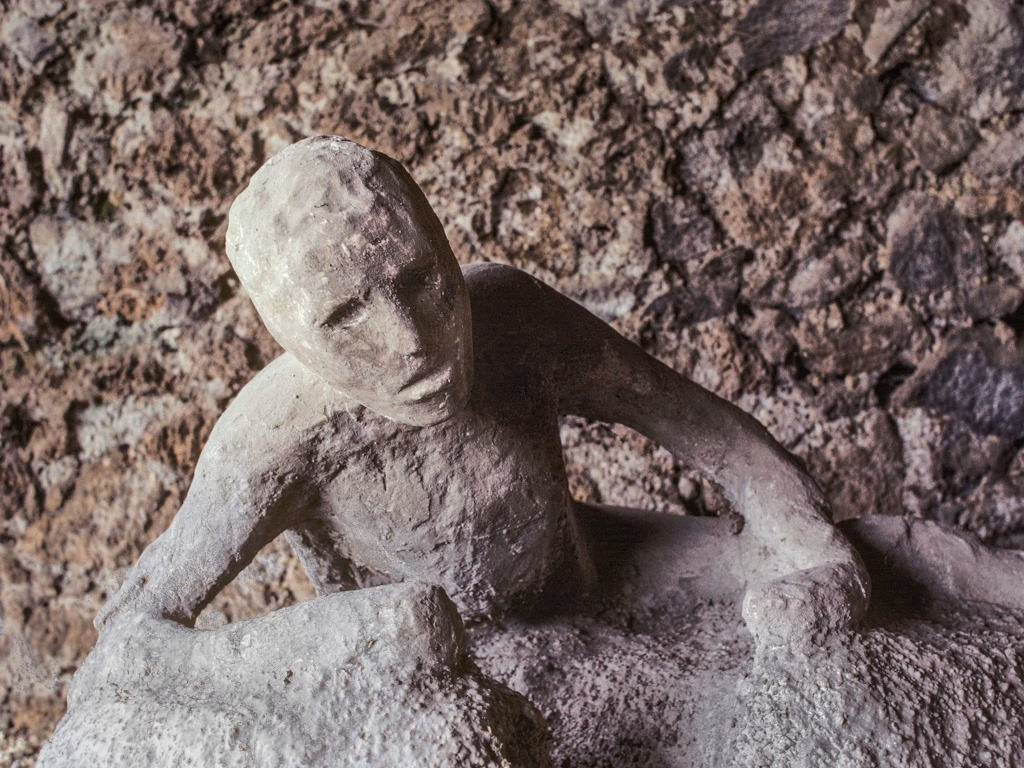
Conclusion
Pompeii is a must-visit destination for anyone interested in history, archaeology, and ancient Roman culture. Its well-preserved ruins offer a unique and immersive experience, allowing visitors to step back in time and explore a city frozen in the moment of its destruction. By following this comprehensive guide, you can ensure a fulfilling and respectful visit, appreciating the wonders of this remarkable archaeological site.
Plan your trip to Pompeii today and embark on a journey that promises to be both awe-inspiring and educational. Whether you’re wandering through the ancient streets, marveling at the grand architecture, or delving into the daily life of the Romans, Pompeii offers an unforgettable experience that will leave a lasting impression
.Links
Go To Europe
Go to Asia
Go To Africa
Go to America
-
Pompeii, Italy: A Comprehensive Tourist Guide
Pompeii, Italy: A Comprehensive Tourist Guide Pompeii, an ancient Roman city frozen in time, is one of the most fascinating archaeological sites in the world. Buried […]

